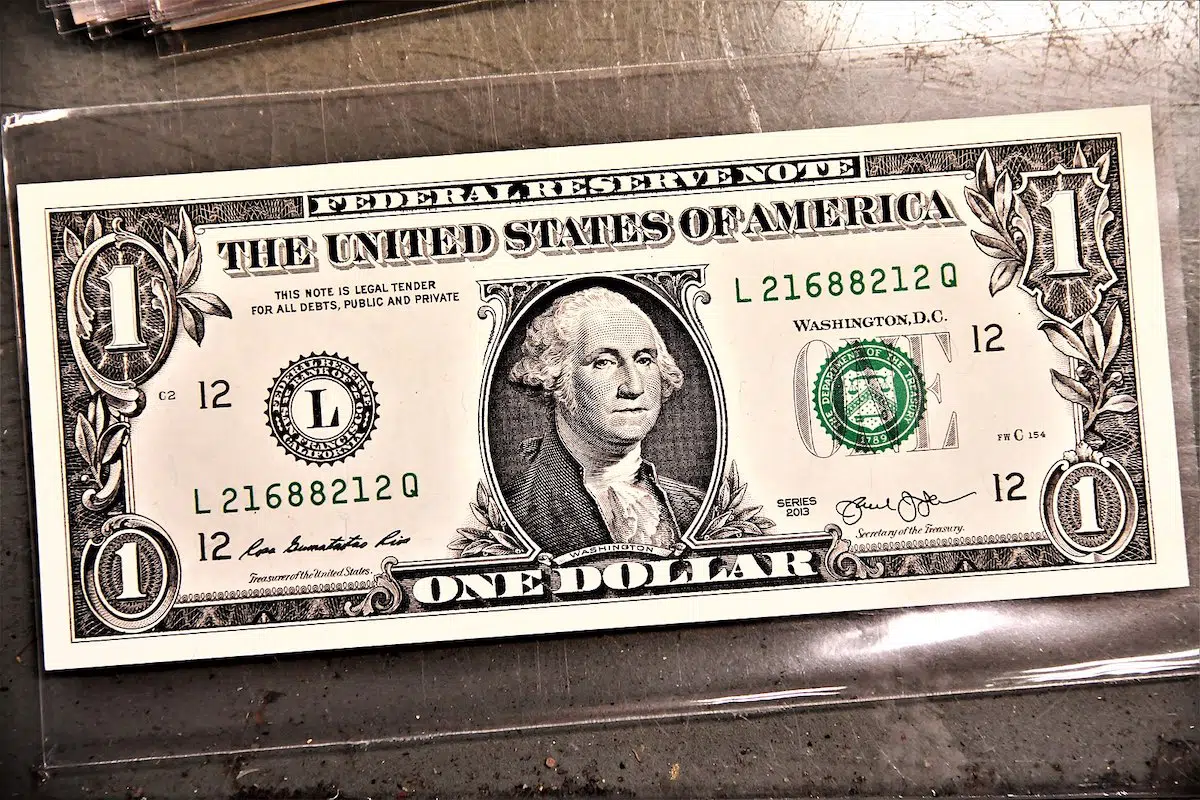
As the U.S. dollar is entering the crypto age, the U.S. government is considering the tremendous change the digital dollar would bring.
According to a Bloomberg report, the guidance will come through three pending reports related to public and private efforts to digitize the world’s global reserve currency.
First, this month the Federal Reserve Board will release a paper on the U.S. payments system that is expected to provide direction on whether the country should issue a so-called central bank digital currency.
Soon after, the Fed Bank of Boston will publish research and open-source computer code on technology that could underpin a digital dollar.
Then, the President’s Working Group on Financial Markets is set to issue policy recommendations on how to regulate stablecoins, which are actually digital dollars created by private companies.
Put together, the three reports will provide guidance map for the broader financial community on how the Fed and Biden administration see the dollar’s crypto future playing out, the extent to which they embrace adoption of a digital currency and the guardrails they may see as necessary to protect individuals and investors in a largely unregulated corner of the market.
Digital assets have exploded to $2 trillion USD
According to the Bloomberg report, the U.S. government has to move swiftly as the value of digital assets has exploded to about $2 trillion, and China, and other countries as well, move rapidly with plans for their own sovereign digital currencies.
“This has gone from, ‘It’s an interesting idea,’ a few years ago to, ‘We need to have a pilot project,’” said Josh Lipsky, director of the Atlantic Council’s GeoEconomics Center, of a Fed-issued digital dollar.
The Fed Board’s paper is expected to focus on the U.S. payments system as well as the potential prospects of a Fed-issued digital dollar.
However, U.S. central bankers have been divided over whether creating a digital dollar is wise, with Fed Vice Chair for Supervision Randal Quarles describing its benefits as “unclear” and its risks “significant and concrete.”
On the other side, proponents of creating central bank digital currencies, or CBDCs, say they can speed up payments, reduce their cost, and increase access to the financial system for the underbanked.
However, there are risks. A group of world central banks including the Fed, the Bank of England, and the European Central Bank last week issued a report warning that CBDCs could exacerbate bank runs by making it easier for depositors to clear out their cash during a crisis.
The ultimate issuance of a CBDC would take years and the Fed would prefer Congress to pass legislation authorizing the issue of the digital dollar, Fed Chair Jerome Powell has said.
Technological standards of digital US dollar
The second paper, from the Boston Fed, could begin to set technological standards that would be important not just for the rollout of a digital dollar, but for others already being developed around the world, said the Atlantic Council’s Lipsky.
Most countries’ economies will have to be integrated with the U.S. payments system, which means any guidance the Fed gives on what to do about privacy tradeoffs and other attributes could end up molding foreign efforts, Lipsky said.
While an official U.S. digital currency — if it happens — will take years to come about, private companies, including Tether International Ltd. and Circle Internet Financial Inc., have launched their own versions, with tokens in circulation now worth more than $120 billion.
Stablecoins regulation
The third paper, which will be released by the President’s Working Group on Financial Markets, a collection of the leaders of U.S. agencies including the Fed and the U.S. Treasury Department, will address this trend.
Federal officials are concerned because since stablecoins are invested in assets such as corporate bonds and related securities, they could experience severe stress if investors were to lose confidence and attempt to cash in their stablecoins all at once.
Powell and Securities and Exchange Commission Chair Gary Gensler have likened stablecoins to money market funds, which also seek to maintain a value of one dollar but during times of stress have sometimes failed.
The report is expected to recommend banklike regulation for stablecoin providers and for Congress to pass a bill establishing a new, limited type of charter to allow crypto banks to manage stablecoins as deposits, a senior official involved with the report told Bloomberg.
Such regulation could limit what stablecoin providers can do with their reserves, possibly constraining their profits in the name of greater investor protection.
The Fed would have an “enormous competitive advantage” over private tokens if it launches its own digital dollar, Barclays Plc said in a September research report analyzing the case for a U.S. digital currency.
“Together with regulations, a Fed CBDC could crowd out private issue crypto,” the Barclays report said.
See all the latest news from Greece and the world at Greekreporter.com. Contact our newsroom to report an update or send your story, photos and videos. Follow GR on Google News and subscribe here to our daily email!



